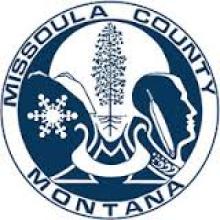Missoula Schools Set To Save With Self-Provisioning
The Missoula County Public Schools (MCPS) plans to save $150,000 per year by investing in its own fiber infrastructure. Over a 20-year period school officials expect to save approximately $3 million.
Fiber For Education And Savings
MCPS will be the first in the state to self-provision its wide area network (WAN), the connections between district facilities. Right now, the school pays approximately $287,000 per year to lease its WAN connections and for Internet access; about $200,000 of that figure is dedicated to leasing the WAN.
School officials were already leasing lit fiber service when they began investigating options to compare cost and service. They also looked at leasing dark fiber, which would mean they would need to maintain the equipment to light the fiber themselves, and investing in an Indefeasible Right of Use (IRU). The IRU would give the school district the ability to use a designated number of fiber strands to use as they wished for a fixed period of time.
As other school districts around the country are discovering, the best choice for them was to own the infrastructure and control it themselves:
"We're saving the district $3 million over the next 20 years in the general fund that will be able to be allocated to other things," Littman said of self-provisioned fiber. "It's more than $3 million, actually. The reason we say we'll only end up saving the general fund $3 million in the end is because we do have some annual maintenance costs to incur to protect the fiber."
Leasing lit fiber for the speeds MCPS needs would have cost $1.5 million to $3.1 million for only a five-year contract. A dark fiber 10-year contract would have cost about $3 million.
Right now, the school pays approximately $287,000 per year to lease its WAN connections and for Internet access; about $200,000 of that figure is dedicated to leasing the WAN. The school will still need to contract for Internet access from an Internet Service Provider (ISP).


